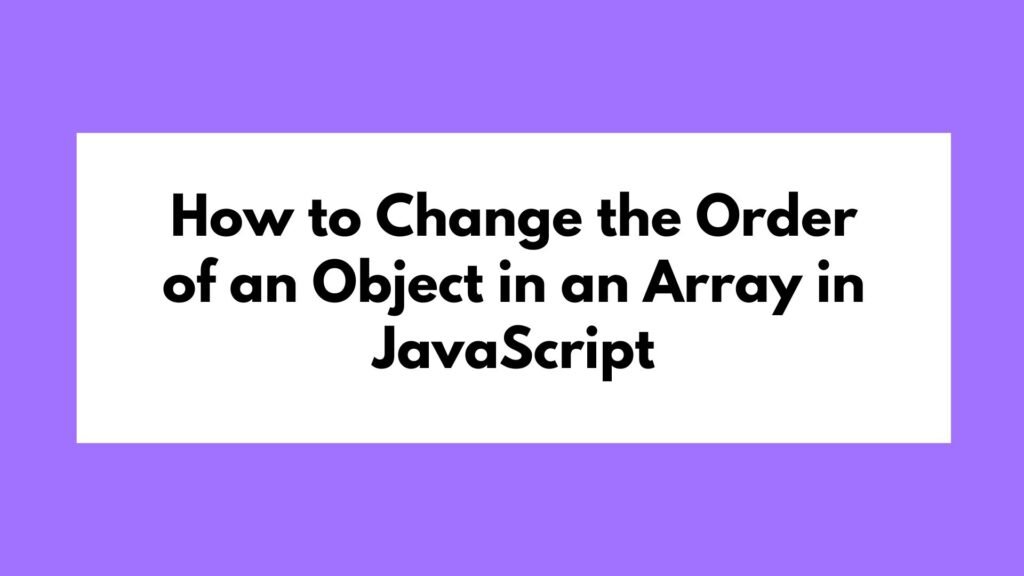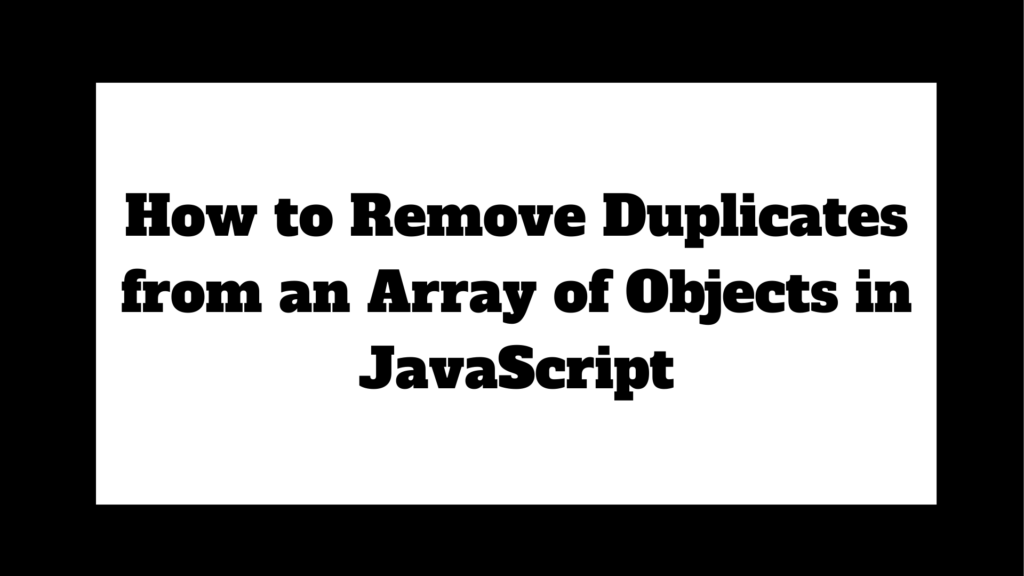
Adding properties and methods to objects in JavaScript is a fundamental skill for any developer. This guide will cover various ways to add to an object, including using dot notation, bracket notation, and other advanced techniques.
let obj = {};
obj.newProperty = "value"; // Using dot notation
obj["anotherProperty"] = "another value"; // Using bracket notation
console.log(obj);
To add a property to an object in JavaScript, use dot notation or bracket notation:
Methods on How to Add to an Object in JavaScript
In JavaScript, objects are collections of key-value pairs where values can be of any data type, including other objects and functions. Understanding how to add properties and methods to objects is crucial for manipulating and organizing data effectively.
Using Dot Notation
Dot notation is the most straightforward way to add properties to an object. It is concise and easy to read.
Example 1: Adding a Property
let obj = {};
obj.newProperty = "value";
console.log(obj); // { newProperty: "value" }
Explanation:
obj.newProperty = "value";: Adds a new propertynewPropertywith the value"value"to the objectobj.
Using Bracket Notation
Bracket notation is useful when property names are dynamic or not valid JavaScript identifiers (e.g., containing spaces or starting with a number).
Example 2: Adding a Property
let obj = {};
obj["anotherProperty"] = "another value";
console.log(obj); // { anotherProperty: "another value" }
Explanation:
obj["anotherProperty"] = "another value";: Adds a new propertyanotherPropertywith the value"another value"to the objectobj.
Adding Methods
Objects can also have methods, which are functions stored as object properties.
Example 3: Adding a Method
let obj = {};
obj.sayHello = function() {
return "Hello!";
};
console.log(obj.sayHello()); // "Hello!"
Explanation:
obj.sayHello = function() { return "Hello!"; };: Adds a new methodsayHelloto the objectobj.
Dynamic Property Names
Sometimes, you need to add properties with names stored in variables. Bracket notation is ideal for this.
Example 4: Using Variables as Property Names
let obj = {};
let propName = "dynamicProperty";
obj[propName] = "dynamic value";
console.log(obj); // { dynamicProperty: "dynamic value" }
Explanation:
obj[propName] = "dynamic value";: Uses the value of the variablepropNameas the property name.
Using Object.assign()
Object.assign() can be used to copy properties from one or more source objects to a target object.
Example 5: Merging Objects
let obj = {};
Object.assign(obj, { newProp: "new value" });
console.log(obj); // { newProp: "new value" }
Explanation:
Object.assign(obj, { newProp: "new value" });: Copies properties from the source object{ newProp: "new value" }to the target objectobj.
Using Spread Operator
The spread operator (...) can clone objects and add properties in a concise way.
Example 6: Cloning and Adding Properties
let obj = { existingProp: "existing value" };
let newObj = { ...obj, newProp: "new value" };
console.log(newObj); // { existingProp: "existing value", newProp: "new value" }
Explanation:
{ ...obj, newProp: "new value" }: Clonesobjand adds a new propertynewPropwith the value"new value"to the resulting object.
Conclusion
Adding properties and methods to objects in JavaScript can be done in various ways, each suitable for different scenarios. Whether using dot notation, bracket notation, Object.assign(), or the spread operator, JavaScript provides versatile tools for enhancing and managing objects. Understanding these methods allows you to manipulate objects efficiently and effectively, making your code more robust and maintainable.


